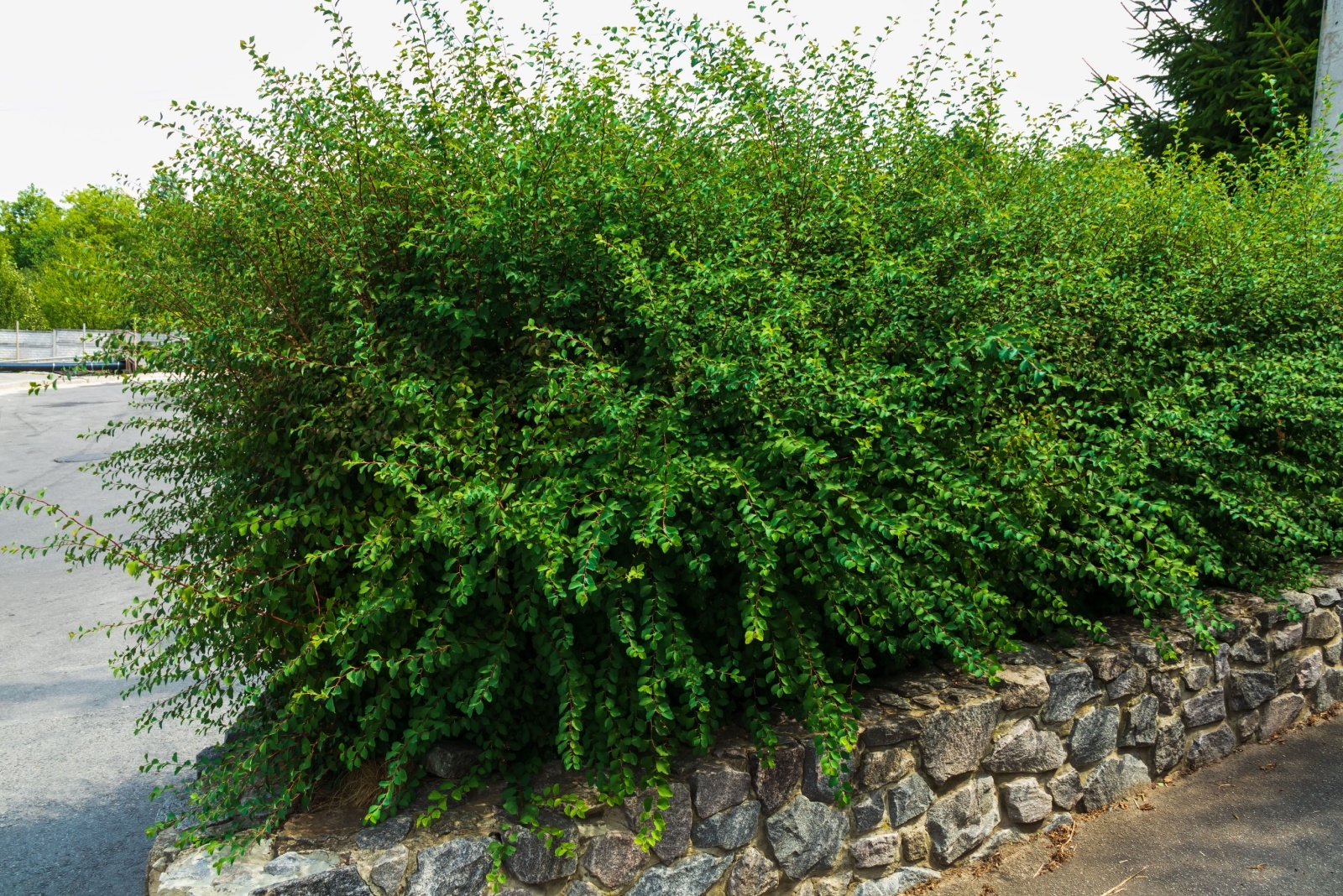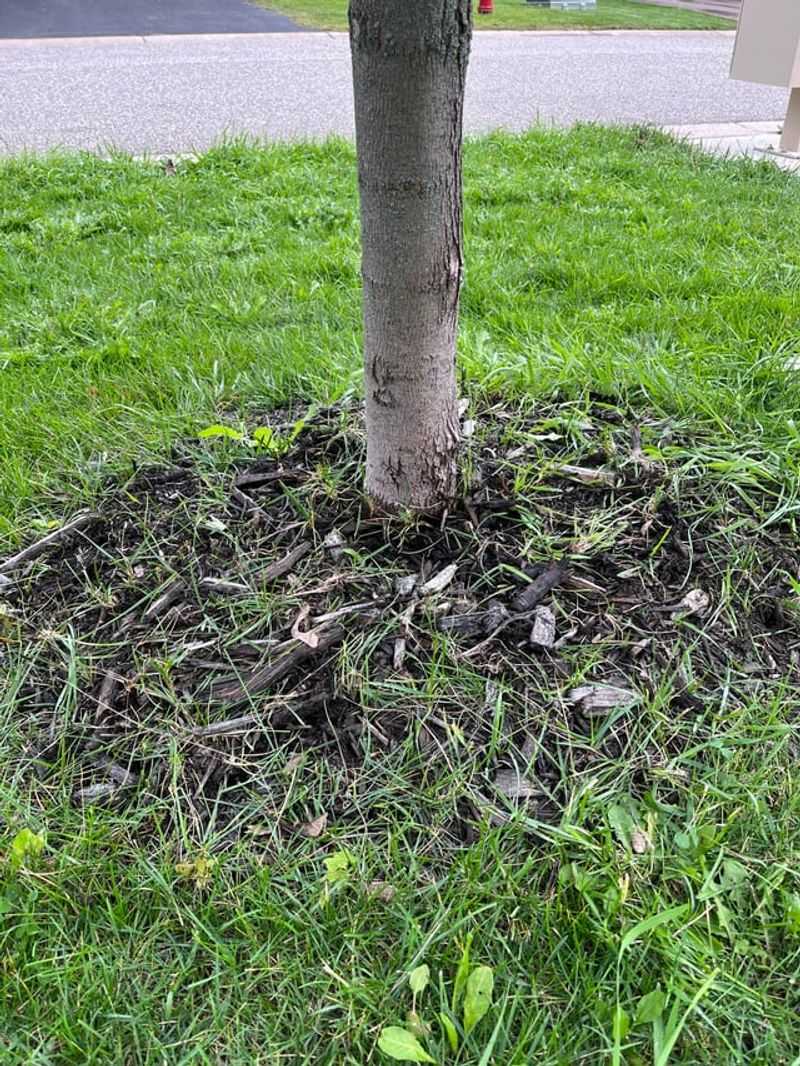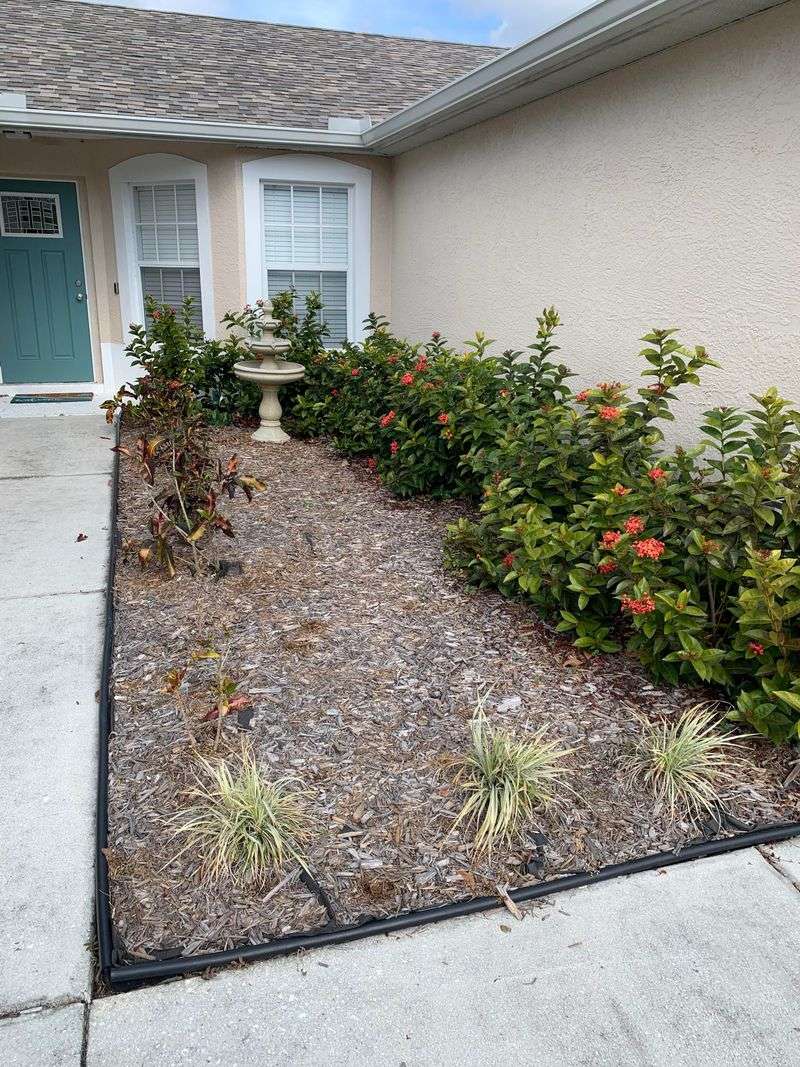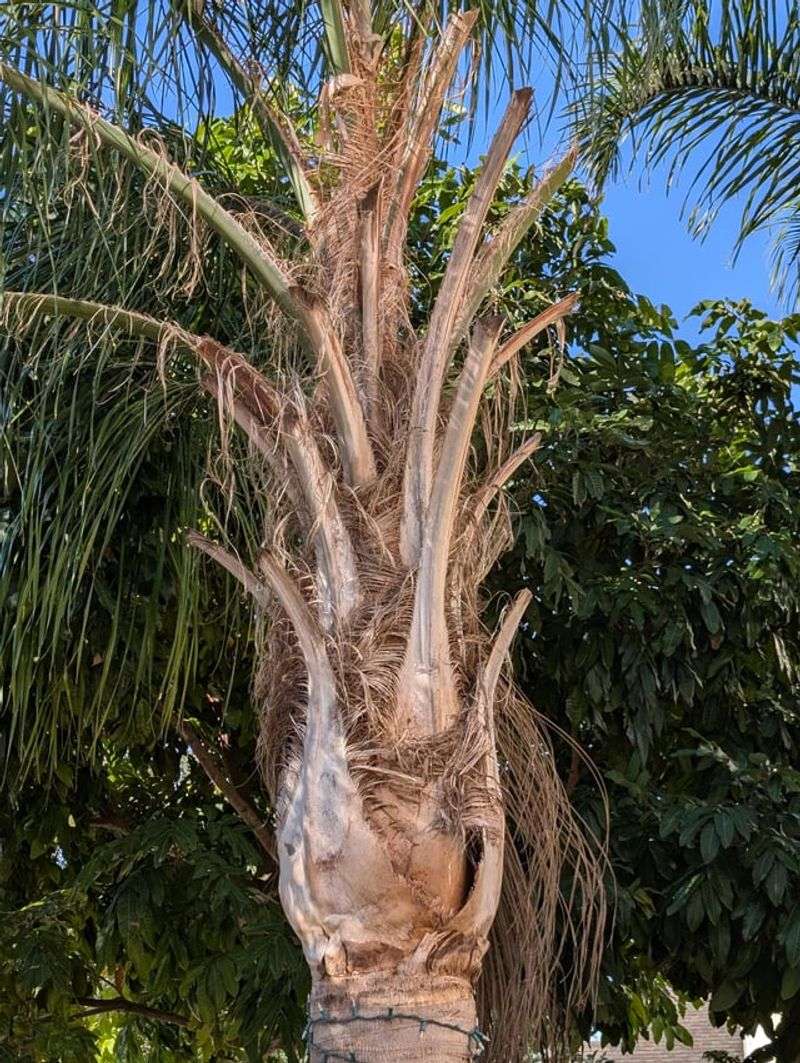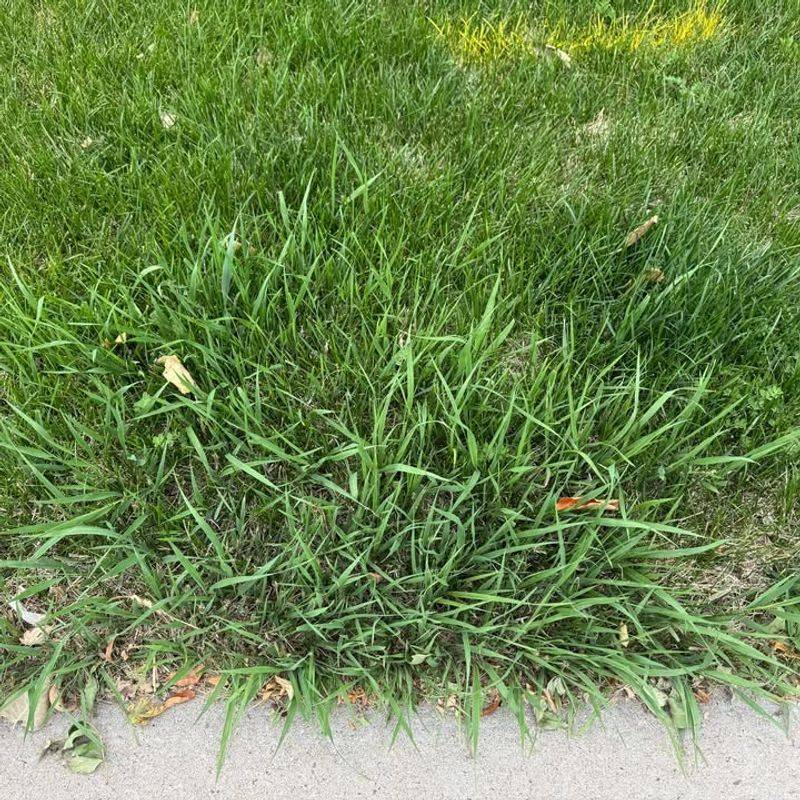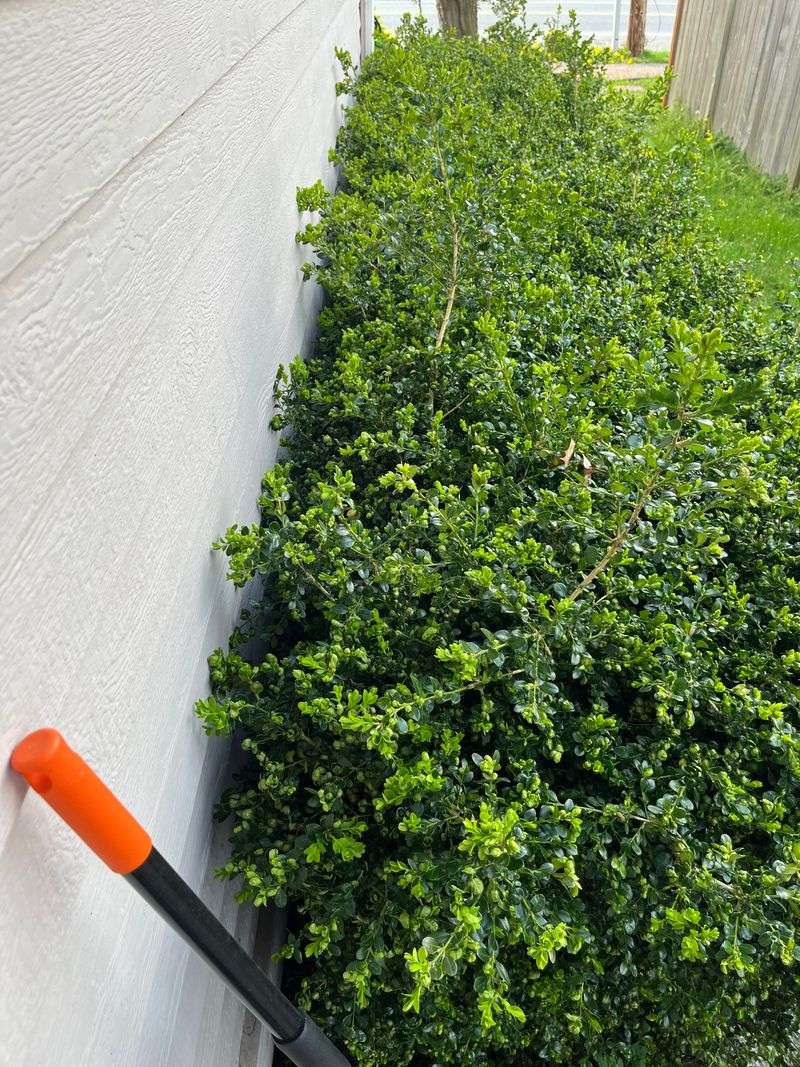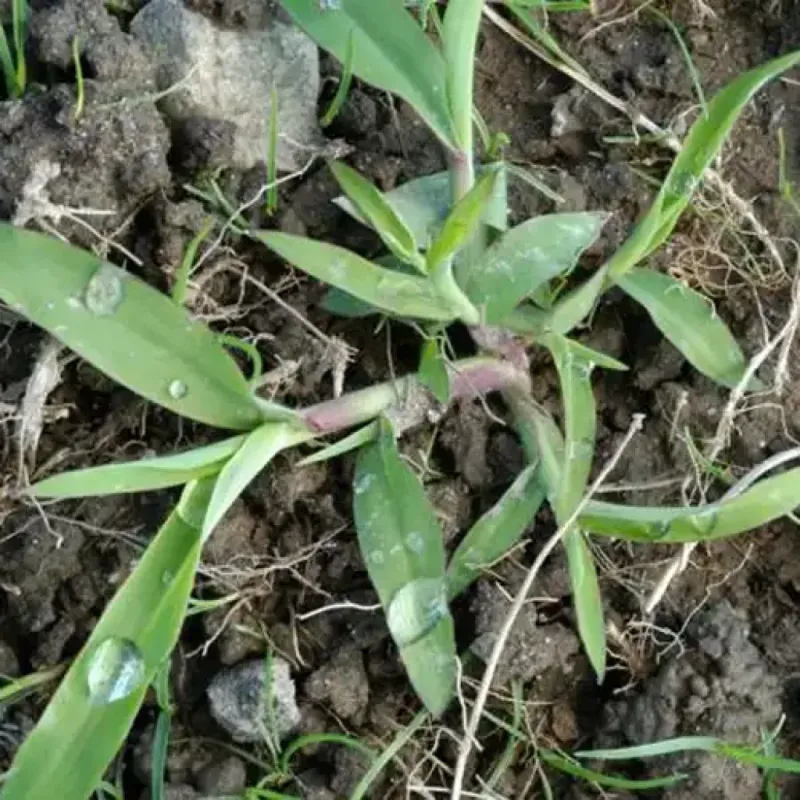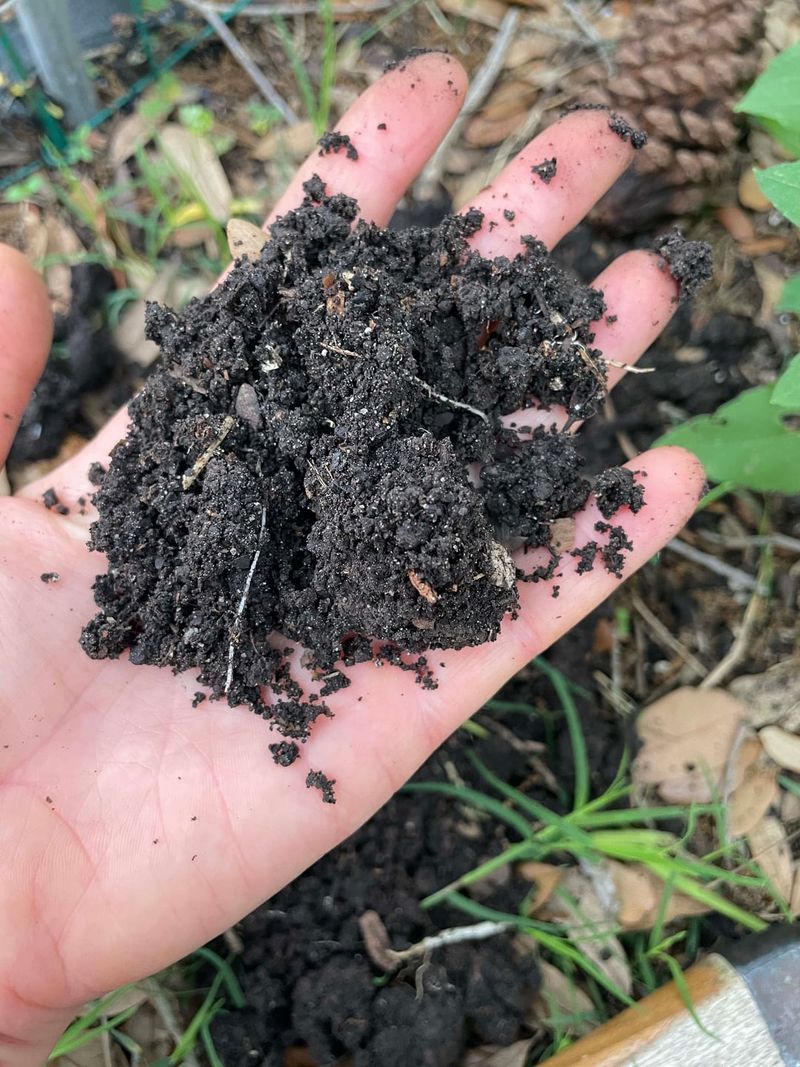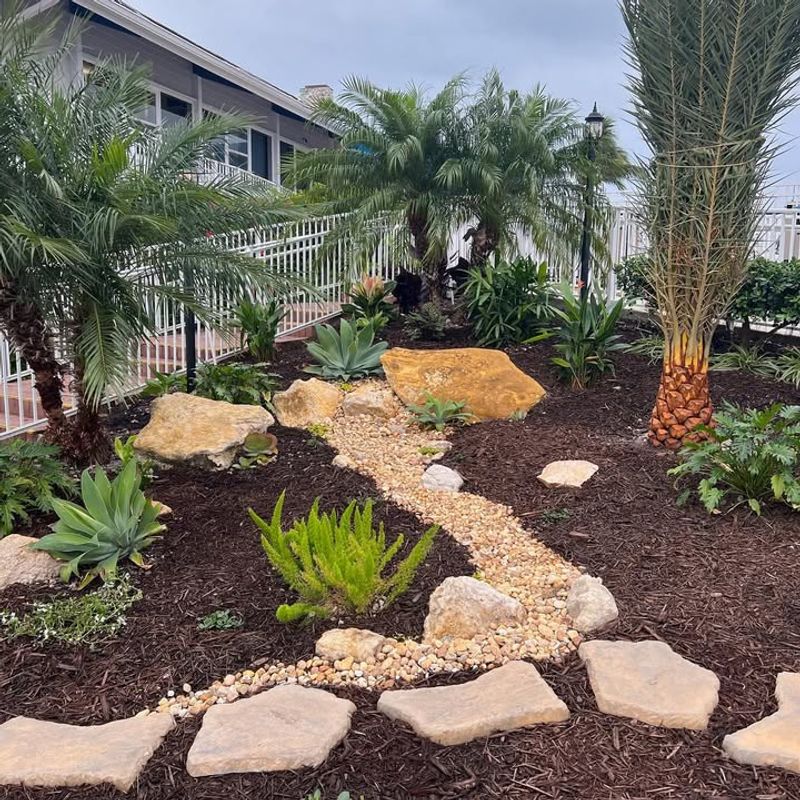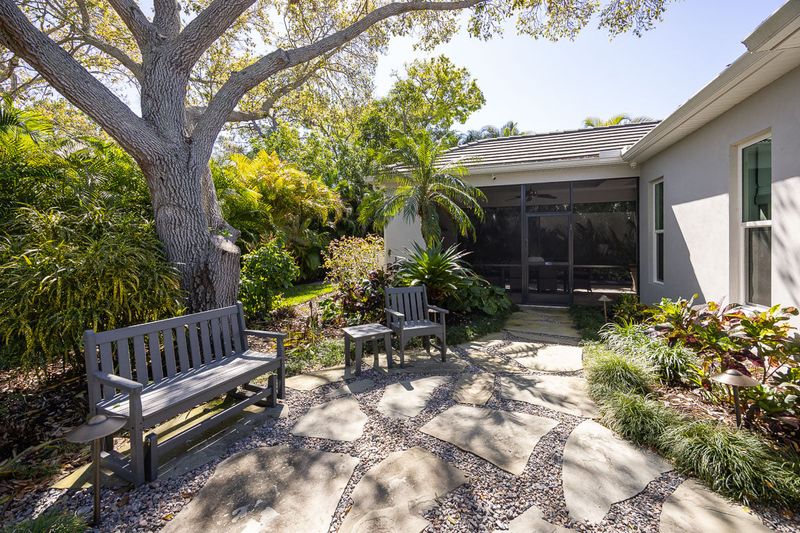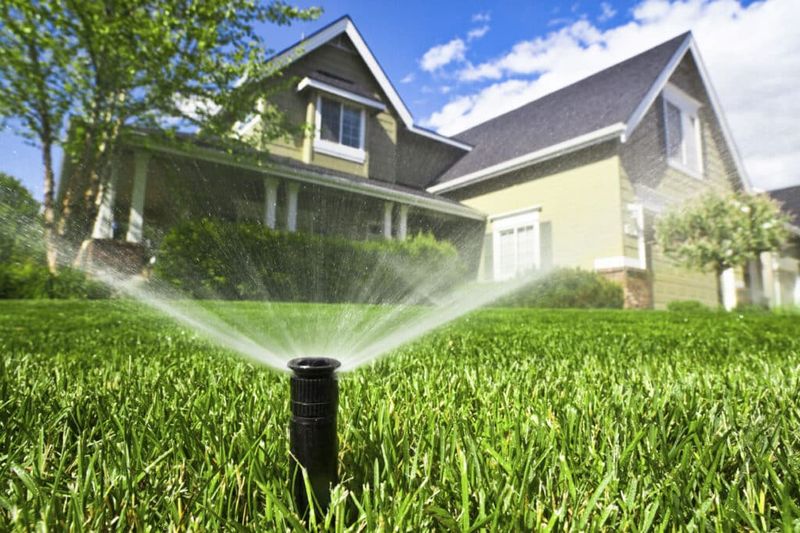Florida gardening presents unique challenges thanks to our sunshine, sandy soil, and subtropical climate. Many homeowners struggle to maintain attractive yards despite their best efforts.
Even experienced gardeners make mistakes that can quickly turn a beautiful landscape into an eyesore. Let’s explore the common pitfalls that make Florida gardens look untidy and how to fix them.
1. Planting Non-Native Species
Walking through garden centers, you’ll spot countless beautiful plants that simply aren’t meant for our climate. When these non-natives struggle in Florida’s heat, they create patchy, unhealthy-looking areas.
Last summer, I planted some hydrangeas that looked gorgeous in the catalog but quickly wilted in my Tampa yard. They required constant attention and still looked terrible.
Choose Florida-friendly alternatives like firebush, beautyberry, or native grasses that thrive without excessive care and maintain their appearance through our challenging seasons.
2. Ignoring Proper Mulch Techniques
Mulch volcanoes around tree trunks are a common sight in neighborhoods across the state. This practice traps moisture against the bark, inviting disease and pests that can slowly kill your trees.
My neighbor once piled mulch a foot high around his new oak tree. Within months, fungus had started attacking the trunk where it stayed constantly damp.
Keep mulch 2-3 inches away from trunks and maintain a depth of only 2-4 inches. This protects roots while allowing proper airflow to the base of the plant.
3. Random Placement Of Plants
Scattered, mismatched plantings create visual chaos in many Florida yards. Without a coherent design plan, gardens end up looking like random collections rather than intentional landscapes.
After moving to Orlando, I enthusiastically bought plants I loved without considering how they’d work together. The result was a jumbled mess with no visual flow.
Group similar plants in odd-numbered clusters (3, 5, or 7) and repeat these groupings throughout your landscape. This creates rhythm and cohesion while maintaining a natural feel.
4. Neglecting Palm Tree Maintenance
Unkempt palms with hanging dead fronds become eyesores and potential hazards during storms. Many homeowners forget that these iconic Florida trees need regular care to look their best.
During a neighborhood walk last month, I counted over a dozen palms with brown, drooping fronds creating what locals call “hurricane cuts” or “hurricane hats.”
Remove only completely brown fronds and never cut green ones. The natural shape should resemble a half-sphere, not a skinny pole with a few leaves on top.
5. Overwatering Your Lawn
Soggy lawns develop fungal problems and attract pests like chinch bugs and mole crickets. Excessive watering also encourages shallow root systems that can’t withstand our dry spells.
When I first moved to Jacksonville, I ran my sprinklers daily, thinking more water meant greener grass. Instead, I created perfect conditions for dollar spot fungus that left brown patches everywhere.
Most Florida lawns need watering only twice weekly during dry periods. Early morning irrigation (before 10 AM) minimizes evaporation and disease issues.
6. Improper Hedge Trimming
Boxy, flat-topped hedges look unnatural and collect debris on their surfaces. This formal style requires constant maintenance and quickly looks shabby in our fast-growing climate.
For years, I trimmed my viburnum hedge into a perfect rectangle, fighting against its natural growth pattern. The result was bare spots at the bottom and a constant battle against its tendency to grow rounded.
Allow hedges to maintain their natural shape, with the bottom slightly wider than the top. This “A” shape lets sunlight reach all parts of the plant, preventing the bare, leggy look.
7. Letting Weeds Take Over
Unchecked weeds quickly dominate Florida landscapes, especially during our rainy season when growth accelerates. Dollar weed, crabgrass, and sedges can overtake a yard in weeks.
My backyard in Naples once transformed from pristine to weed-filled after just two weeks away during summer vacation. The cleanup took ten times longer than prevention would have.
Pull weeds when they’re small and apply mulch 2-3 inches deep in beds. Regular mowing at the proper height for your grass type also discourages weed germination and spread.
8. Skipping Soil Preparation
Florida’s sandy soil drains quickly but lacks essential nutrients plants need to thrive. Skipping proper soil amendment leads to stunted growth and constant fertilizing needs.
The first vegetable garden I planted in Gainesville was a complete failure because I didn’t improve the existing sand. My tomatoes remained tiny and produced almost no fruit despite regular feeding.
Mix in quality compost before planting and top-dress annually. For vegetable gardens, raised beds filled with enriched soil often yield better results than fighting against our native sand.
9. Creating Scattered Tiny Beds
Small, isolated planting areas scattered throughout lawns create a choppy, disjointed landscape. These “garden polka dots” are maintenance nightmares and visually break up your yard.
After building our home in Sarasota, I created little circular beds around each tree. Mowing became a frustrating obstacle course, and the beds were too small to make any visual impact.
Connect smaller beds into larger, flowing landscapes with generous curves. This creates more planting space, reduces mowing time, and gives your yard a cohesive, professional appearance.
10. Forgetting About Seasonal Changes
Many Florida gardens look spectacular in spring but become barren and uninteresting during other seasons. Planning only for one season leaves landscapes looking empty and neglected most of the year.
My first Florida garden featured only spring-flowering plants like azaleas and dogwoods. It looked amazing for a few weeks in March but sat dull and green for the remaining months.
Include plants with different bloom times, interesting foliage, and seasonal changes. Firebush, muhly grass, and porter weed offer color when many other plants have finished their show.
11. Poor Irrigation Management
Broken sprinkler heads and misaligned irrigation create wet and dry patches that ruin lawn appearance. Water wasted on sidewalks and driveways also violates water restrictions in many Florida counties.
During a recent drought, I noticed my St. Augustine grass developing strange patterns of green and brown. Checking my sprinklers revealed three broken heads and several that were watering my driveway instead of plants.
Check your irrigation system monthly by running each zone for a few minutes. Look for broken heads, leaks, and areas receiving too much or too little water.

